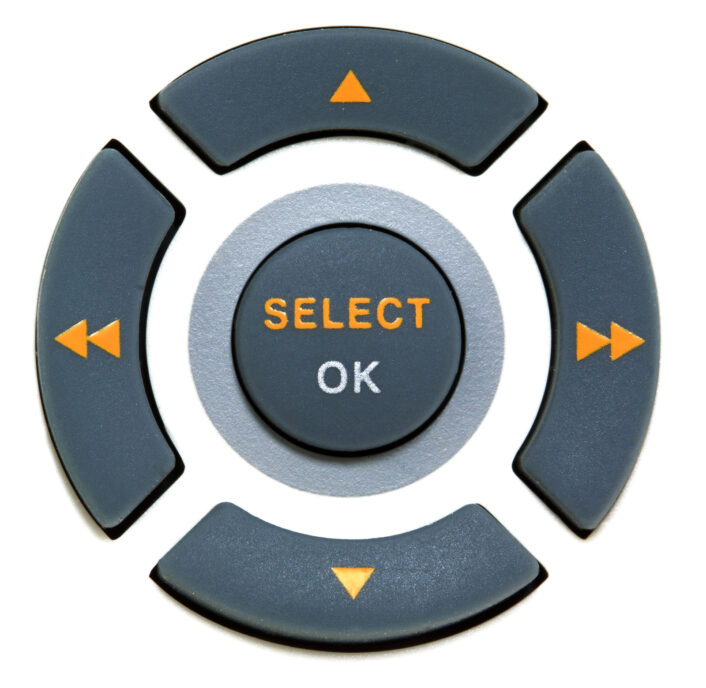
Tools to Select the Right Concept in Medical Device Development
Your medical device development engineering team has developed a number of compelling solutions to a problem – now what? If you pursue all of them, you may be wasting resources. If you don’t pursue enough, you may not capture the best idea or encompass the available IP landscape.
One of the tools to make effective technical decisions is based on the Stuart Pugh Concept Downselect Matrix. Evaluation criterion are placed in the first column of a chart, and concept varieties are contrasted in subsequent ones. The general goal of this, and similar tools, is to identify leading candidates to develop further and to eliminate ones not worth pursuing at the time.
Weighting the various evaluation criterion is best done by the Voice of Customer (VoC). Engineers tend to place more emphasis on items such as DFM (Design For Manufacture), technical risk, and product robustness that are not necessarily warranted for the product. Finding an unbiased VoC can be challenging, but it is imperative for a successful product.
With the scope of evaluation and weight for each criteria quantified, concepts are populated in the matrix. The format for presentation of these concepts should provide enough detail that the average stakeholder in the session can understand the concepts without ambiguity between them. Each concept is then scored, with an emphasis on important factors, to provide contrast.
Here are some top tips we’ve discovered from using the tool in medical device development for diagnostic, therapeutic or drug delivery purposes:
- Think medical – patient risk weighs heavily in medical devices and adjust weighting accordingly. Don’t evaluate regulatory necessities; they are requirements.
- Reviewing or re-defining the evaluation criterion is a good place to start if brainstorming sessions have become stale – focus on specific challenges and devise solutions that address them.
- Down select matrices are not for everyone – many stakeholders want something that just works, and don’t have the bandwidth to delve into the details of how or why. This is often why design consultancies are engaged with in the first place!
- Review the breadth of concepts after documenting previous brainstorming sessions – sometimes a combination of concepts or out of the box concepts come more naturally at this time.
- Don’t be afraid to throw out your conclusions – just because the downselect matrix tells you one thing doesn’t mean you can’t choose another. Better yet, figure out why a leading contender isn’t at the top. Maybe the criterion are incorrect or incomplete.
- Share with an independent contributor – fresh eyes often provide more value in this process.
- Don’t deliberate too tightly in evaluating concepts – we prefer a 3 point scaling system (poor, neutral, good) to polarize the field. Creating too much granularity can waste time.
- Where further definition is required, input can be drawn from the House of Quality – address needs from more stakeholders other than just the customer.
Using this tool provides direction, buy in from stakeholders, and (at the very least) a historical record of why a technical direction was chosen. The process is nothing new–most engineers have utilized it in some form or another during their careers– but it can have a powerful impact on your medical device success.
Mark Drlik is a Concept Development Manager at StarFish Medical. He uses The Stuart Pugh Concept Downselect Matrix to Select the Right Concept in Medical Device Development and design medical devices.
Image: 6692758 / Arbaes – CanStockPhoto
